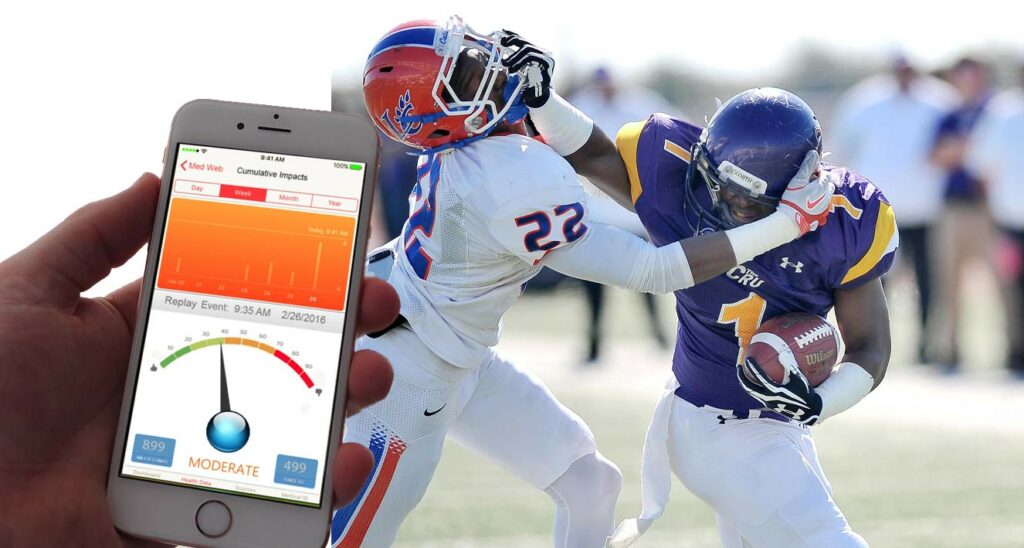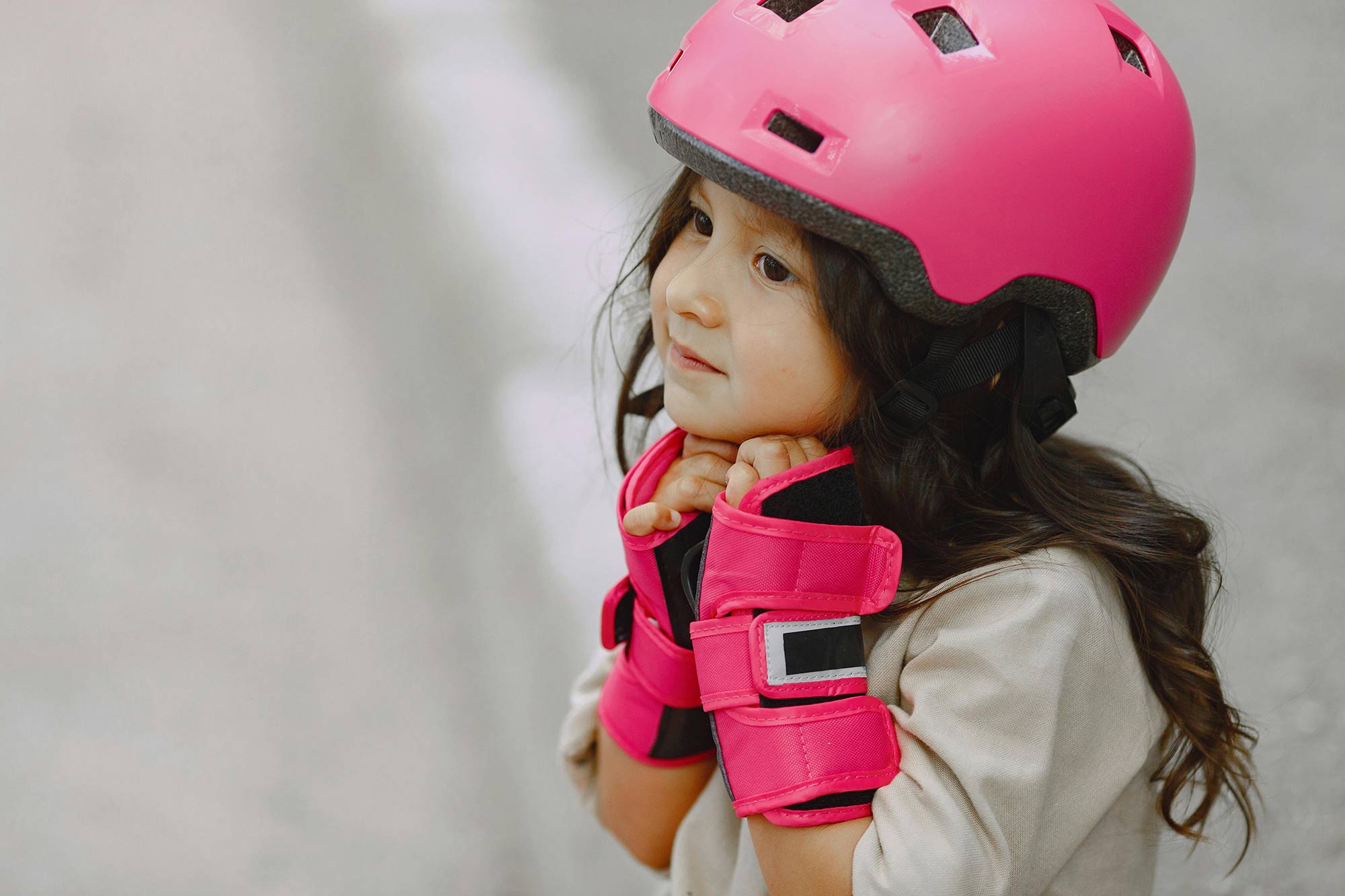Head injuries are a significant concern for parents and caregivers, especially when it comes to children who are constantly active and exploring the world around them. Whether they’re playing sports, riding bikes, or simply running around, kids are prone to falls and accidents that can result in head trauma. However, there are many ways to reduce the risk and ensure your child stays safe while enjoying their activities. In this blog, we’ll discuss key strategies for preventing head injuries in children, and how you can take proactive steps to protect them.
Why Are Head Injuries in Children So Concerning?
Head injuries, particularly concussions and traumatic brain injuries (TBIs), are not just scary — they can have long-lasting effects on a child’s development and well-being. Kids are more vulnerable to brain injuries than adults because their brains are still developing, and their skulls are softer and more flexible. Even a seemingly minor fall can lead to serious consequences, which is why preventing head injuries in children should always be a top priority for parents.
1. Encourage Proper Use of Protective Gear
One of the most effective ways to reduce the risk of head injuries is by ensuring your child wears appropriate protective gear. Helmets are a must for activities like biking, skateboarding, or playing contact sports. A helmet can absorb impact and significantly reduce the severity of a head injury.
When choosing a helmet for your child, it’s important to ensure that it fits properly and is specifically designed for the activity they’re doing. For example, a cycling helmet is not the same as a football helmet, and each type is designed to protect against different kinds of impacts. Make sure the helmet is secure but not too tight, and that it covers the forehead to provide maximum protection.
2. Promote Safe Play and Supervision
Active play is an essential part of a child’s physical and emotional development. However, unstructured or rough play can sometimes lead to accidents. Supervision is key when it comes to preventing head injuries in children. Always keep an eye on your child during activities like running, climbing, or playing sports, especially when they’re still learning balance and coordination.
Teaching your child the importance of safe play is also essential. Encourage them to follow safety rules, whether it’s wearing a helmet or using equipment correctly. Explain the importance of safe behavior to prevent falls, and remind them to avoid risky activities that may lead to head injuries.
3. Use Smart Technology for Monitoring
As technology continues to evolve, new tools are emerging to help parents keep track of their child’s health and safety. One such tool is the SMARTHEADSYSTEM™, a groundbreaking piece of technology designed to monitor vital signs and movements during physical activities. This device measures important data such as body temperature, helmet temperature, and head movements, giving parents real-time insights into their child’s safety during sports or other active events.
The SMARTHEADSYSTEM™ can be easily inserted into any helmet, providing valuable data that can help detect potential head injuries early on. By using smart technology to monitor performance and health metrics, you can prevent head injuries in children before they become serious.
4. Teach Children How to Fall Safely
Teaching children how to fall properly is another essential step in preventing head injuries. Although you can’t always prevent falls from happening, you can help your child reduce the impact of a fall by teaching them how to protect themselves when they go down. Encourage them to tuck their head and roll with the fall instead of letting their body absorb the full impact.
This is particularly important in sports like gymnastics, skateboarding, or skiing, where falls are common. When kids learn how to fall correctly, it can make a significant difference in the outcome of the fall and reduce the chances of a serious head injury.
5. Monitor for Signs of Concussions
Even with the best preventive measures in place, there’s always a risk of a head injury. If your child does experience a fall or collision, it’s important to keep an eye out for signs of a concussion. Symptoms of a concussion can include dizziness, confusion, headaches, nausea, or difficulty concentrating. If you suspect your child may have suffered a concussion, seek medical attention immediately.
Prompt medical evaluation is crucial for preventing further damage and ensuring that your child receives the care they need to recover fully. Concussions can have serious long-term consequences, so taking immediate action is essential.

Need Help Monitoring Your Child’s Safety?
The SMARTHEADSYSTEM™ is an advanced bio-sensing technology embedded within the structure of a helmet. By using a combination of sensors, this system monitors key biological markers of the wearer, including heart rate, body temperature, stress levels, and even brain activity. The information gathered through these sensors is processed in real-time, providing immediate feedback on the wearer’s physical state.
What makes SMARTHEADSYSTEM™ so groundbreaking is its ability to offer a more personalized safety experience. Rather than just protecting the wearer from external impact, it also anticipates potential health risks that could compromise the person’s ability to respond effectively to dangerous situations.
6. Create Safe Home and Play Environments
Lastly, safety at home and during playtime can help reduce the risk of head injuries. At home, make sure that furniture, sharp objects, and other hazards are out of reach of young children. Soft flooring, such as foam mats, can also help cushion falls in play areas. Installing safety gates and padding sharp corners can further protect your child from potential injury.
For outdoor activities, ensure that play structures are well-maintained and age-appropriate. For instance, make sure swings and slides are safe, and that the ground underneath is soft, like grass or rubber mulch, to reduce the risk of injury during falls.
Conclusion: Prioritize Safety for Your Child’s Well-Being
Preventing head injuries in children should always be a priority for parents. By encouraging the use of protective gear, promoting safe play, using technology to monitor your child’s health, teaching them how to fall safely, and staying vigilant for signs of head injuries, you can significantly reduce the risk of trauma. As children continue to grow and explore, it’s crucial to ensure they have a safe environment to thrive in.
Remember, safety doesn’t have to be restrictive — it simply means being proactive and prepared. Equip your child with the right tools, knowledge, and support to stay safe, and you’ll be giving them the best chance to enjoy a healthy, active life.

